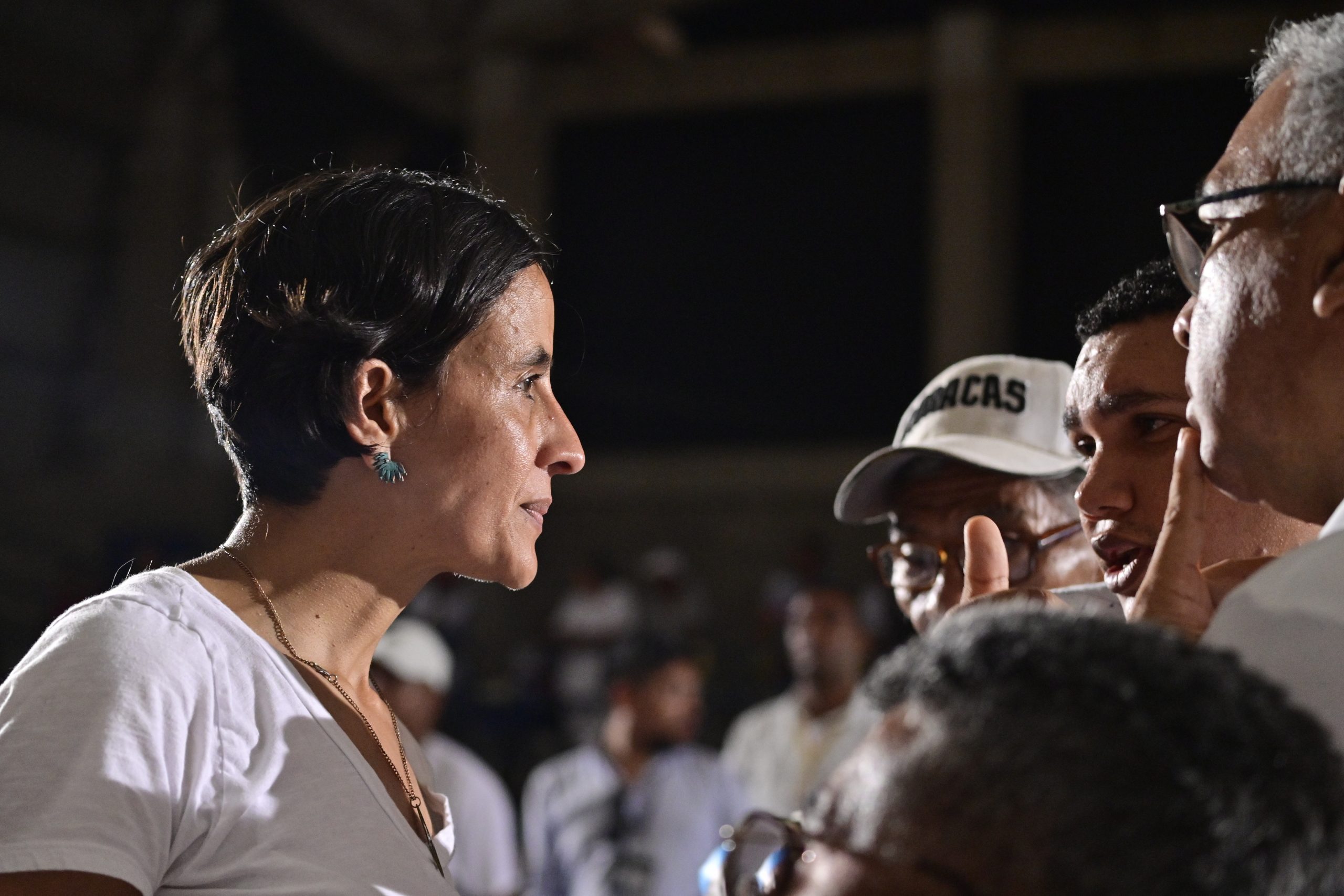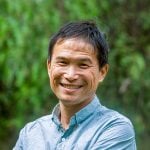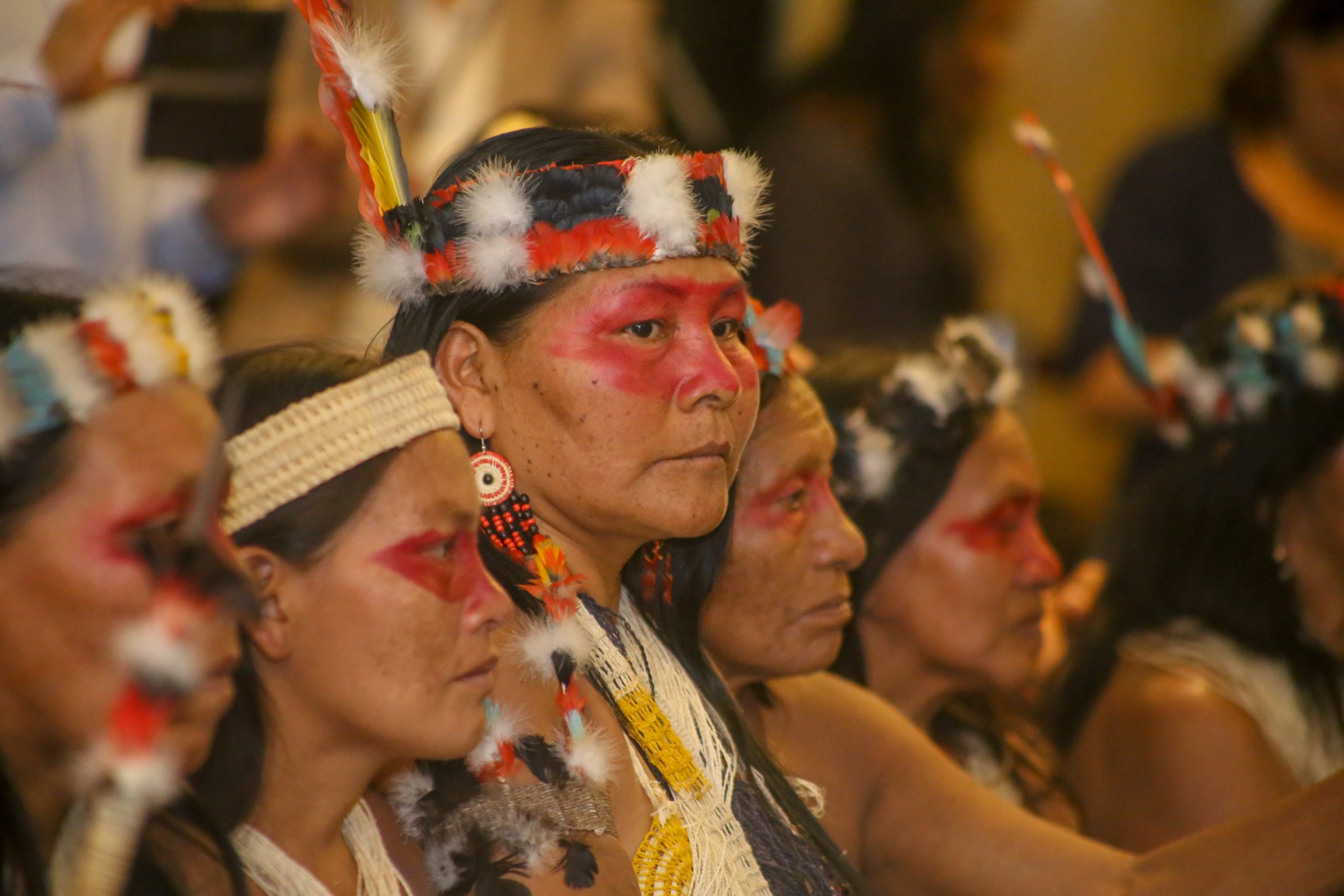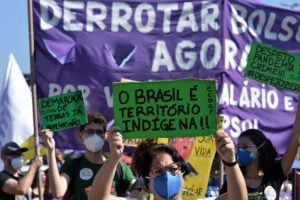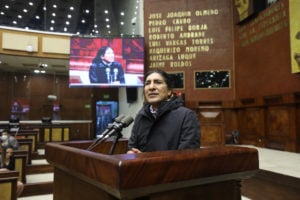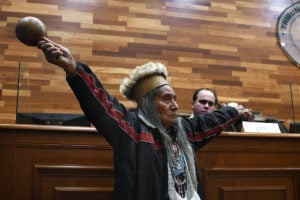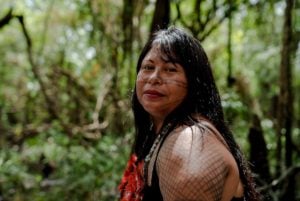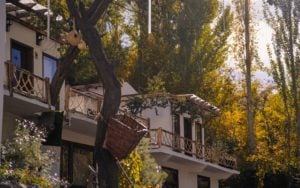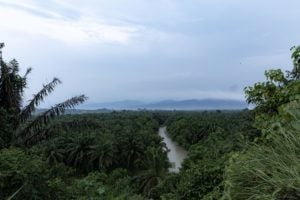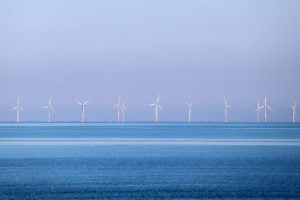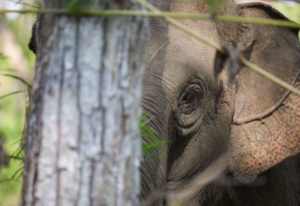Environment ministers from eight countries that share the Amazon rainforest are meeting this week in Leticia, Colombia for preliminary talks ahead of an August summit on the biome’s protection.
The Road to the Amazon Summit 2023 (6–8 July) has gathered delegates from Bolivia, Brazil, Colombia, Ecuador, Guyana, Peru, Suriname and Venezuela, along with the host country’s president Gustavo Petro and Brazil’s Luiz Inácio Lula Da Silva – two of the heads of state showing most interest in protecting the Amazon, the world’s largest rainforest and home to more than a million Indigenous people.
The Colombia meeting, bringing together representatives from governments, the private sector, academia and civil society, hopes to conclude with a series of proposals and commitments for 2025 and 2030, which should be signed at a summit of Amazon region presidents, set to be held in the Brazilian city of Belém in early August.
Among the issues likely to be prominent on the agenda is the welfare of the roughly 400 different Indigenous peoples who live in the Amazon, and who face ongoing threats to their lands and ways of living, largely related to external economic interests that seek to exploit natural resources.
“This could be our last chance to reverse the destruction of the Amazon, and we require ambitious, coordinated and large-scale actions across the countries of the region,” said Juan Bello, the United Nations Environment Programme’s regional director for Latin America and the Caribbean, in an op-ed on the summit.
As momentum gathers ahead of the Belém meeting, and as Indigenous organisations call for greater participation and recognition, we look at some of the key challenges currently facing Amazonian peoples across the region.
Peru: Laws to protect
In all Amazonian countries, legal frameworks exist to promote the protection of the environment, the forests and their people. Despite this, says Indigenous leader Julio Cusurichi, “we suffer persecution, we are denounced, and [governments] are trying to promote regulations that would promote genocide of Indigenous peoples in isolation.” Cusurichi is a member of the Interethnic Association for the Development of the Peruvian Forest (Aidesep), which represents Indigenous peoples across Peru, and pushes for compliance with the laws and regulations that protect them.
These regulations, however, are not completely secure, creating concern among Indigenous representatives, as a recent case has highlighted. At the end of June, the Peruvian Congress debated Bill 3518, which sought to take functions away from the Ministry of Culture – which oversees protection of Indigenous populations – and hand them over to regional governments, many of which are in favour of promoting economic activities and infrastructure projects in Indigenous reserves and protected territories for peoples in isolation and initial contact. After widespread calls to prevent the bill’s passing, including from activist Greta Thunberg and Hulk actor Mark Ruffalo, it was shelved, but Indigenous organisations say the pressure will not stop here.
Colombia: Victims of violence
Last year saw the highest ever levels of violence against Indigenous communities in Colombia. According to the National Indigenous Organisation of Colombia (ONIC), there were reportedly 453,018 victims of confinement (linked to ongoing armed conflicts), displacement, territorial violations, threats and deaths. The Institute for Development and Peace Studies (Indepaz) reported that in the same year 42 Indigenous leaders were assassinated.
Despite the pro-Amazon discourse of President Gustavo Petro, who took office last year, these difficulties have continued. In recent weeks, around 5,000 Indigenous Awá people have reportedly been displaced from their territories in southwest Colombia due to violence between the National Liberation Army (ELN) and dissidents from the Revolutionary Armed Forces of Colombia (FARC), which formally dissolved in 2017 following a peace deal. In the midst of this violent situation, Indigenous populations are among the most affected: 19% of the victims of the armed conflict are reportedly Indigenous.
Ecuador: Divisions over oil
On 20 August, a referendum will be held in Ecuador to decide whether to continue or halt the exploitation of oil reserves in the Yasuní National Park, the largest protected natural area in Ecuador and one of the most biodiverse places on the planet.
The issue has long been a spark for controversy and conflict in Ecuador. Indigenous representatives claim that oil companies are dividing the communities impacted by the work in Block 43-ITT (Ishpingo, Tambococha and Tiputini), which accounts for 11% of national oil production.
So far, two of the seven communities whose lands are impacted by the block are known to be in favour. “It has given us development, health and education,” Lauro Papa, representative of the Boca Tiputini community, recently told EFE. Together with the Kawymeno community, they want oil extraction to continue.
On the other hand, Juan Bay, president of the Waorani Nation said his community will vote to end of these activities, expressing concern about “the oil industry’s bad habit” of dividing the communities. “We call for the unity of the peoples,” he said, reaffirming that “Yasuní is a emblem of Amazonian biodiversity and the lands of peoples in voluntary isolation.”
Bolivia: Worrying pollution
A recent study in Bolivia showed how Indigenous populations in the Amazon region of La Paz have been contaminated by mercury due to gold mining activities. The research, led by the Centre for Indigenous Peoples of La Paz (CPILAP) and the Higher University of San Andrés (UMSA), analysed 302 people from the Esse Ejjas, T’simanes, Tacanas, Mosetenes, Lecos and Uchupiamonas ethnic groups, all of whom are impacted by this mining activity. A presence of mercury above acceptable levels was detected in 74.5% of the people tested.
“It is urgent to take health measures to help control these effects,” said CPILAP leader Gonzalo Oliver, who called for help to reverse this situation and demanded that the government “fight against illegal and destructive mining”.
These findings come alongside another study recently published in Environmental Research: Health which found Indigenous Amazonian populations are twice as likely to die prematurely from forest fires than other South Americans. According to the researchers, the smoke particles generated by these events are responsible for two premature deaths per 100,000 people per year in South America, a figure that doubles in Indigenous communities.
Brazil: Controversial infrastructure
In Brazil, Indigenous peoples are concerned about the possible construction of Ferrogrão, a 1,000-kilometre railway project that would primarily transport soybeans and maize, linking the state of Mato Grosso with the port of Miritituba, across the state of Pará. The planned route will cross Indigenous territories and have impacts on the Jamanxim National Park, located in Pará.
Backed by Lula, the project has been described as going against the president’s supposed pro-environmental agenda, given his repeated promises to put green issues and the protection of the Amazon at the core of his administration. “We are going to demonstrate once again that it is possible to generate wealth without destroying the environment,” he had said during his campaign.
Also known as EF-170, Ferrogrão has been promoted for many years and by different governments. It was proposed in 2016 during Dilma Rousseff’s presidency, but it did not go ahead. The Jair Bolsonaro administration could not move the project forward either. And now Lula’s government, looking to support the agricultural sector, is also trying to make the project a reality.
“My impression is that the supreme court will approve the advance of this project,” said Luis Baldez, president of the cargo transport association ANUT. But he added that even if it passes through the court “it will face complex issues”, having divided factions within the government given its potential impacts on the Amazon and its population.
For Márcio Astrini, of the Brazilian climate network the Climate Observatory, Ferrogrão “is a contradiction, because it is happening in a government that claims to have a different environmental agenda, which claims to be a leader in this area.”
